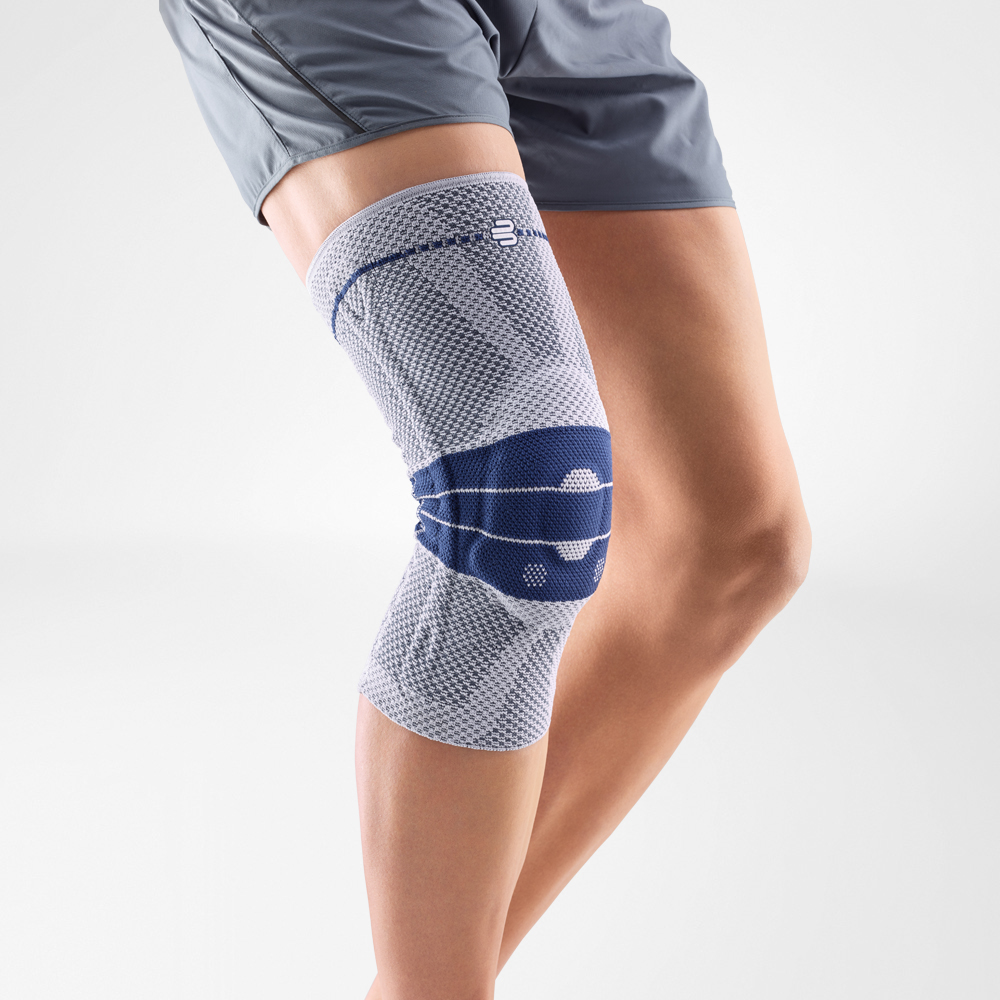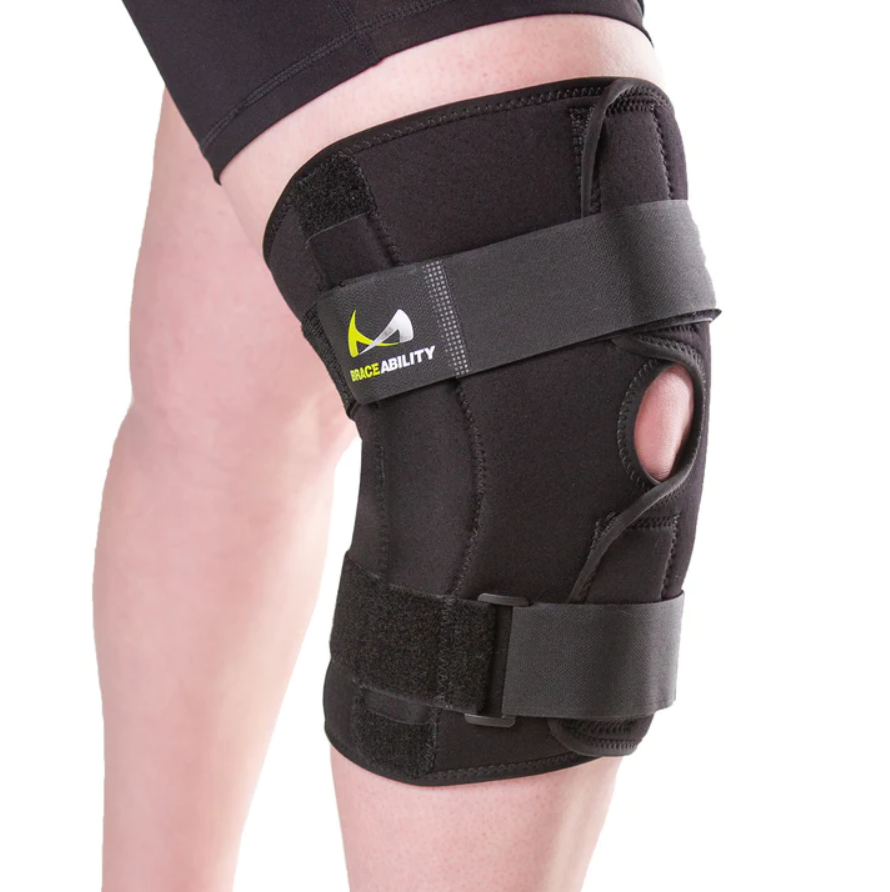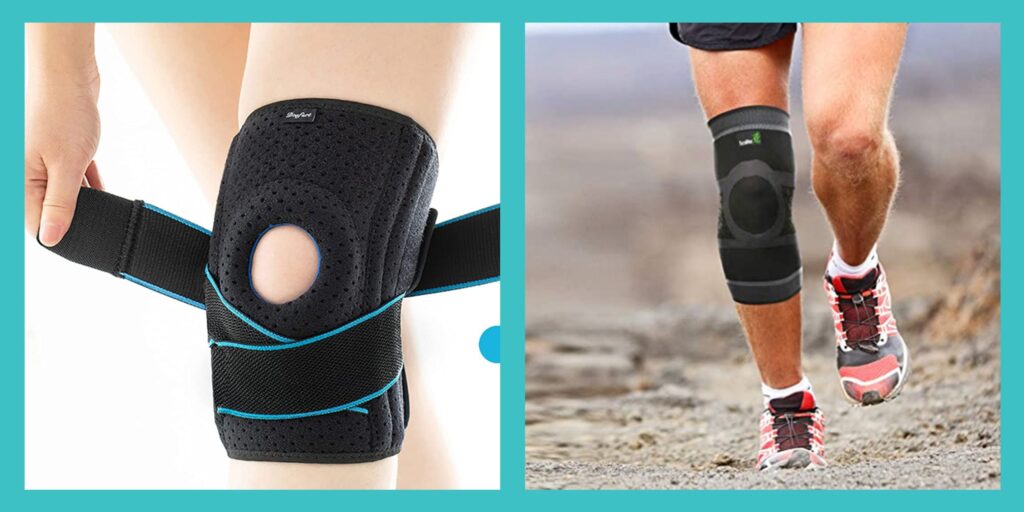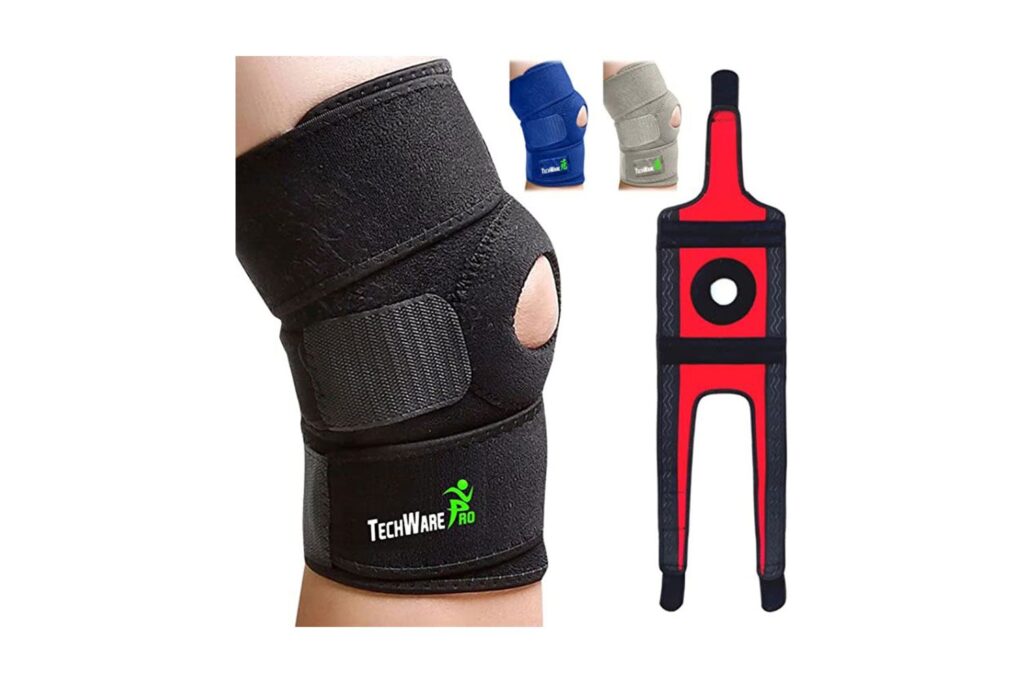In this article, you will learn about the importance of knee braces in preventing and managing knee injuries. We will discuss the various types of knee braces available and their specific functions, such as providing stability, support, and compression. Additionally, we will explore the advancements in knee brace technology expected in the year 2023, including smart features and improved materials. By the end of this article, you will have a comprehensive understanding of knee braces and how they can benefit you in the future.

What are Knee Braces?
Knee braces are orthopedic devices designed to provide support and stability to the knee joint. They are commonly used to address various knee conditions, provide pain relief, improve functionality, and aid in injury prevention. Knee braces come in different types and are used for various purposes depending on the injury or condition being treated. In this article, we will explore the definition, purposes, benefits, proper usage and care, common types of knee injuries, specific uses, precautions, alternatives, and the cost and accessibility of knee braces.
Definition of Knee Braces
Knee braces are specialized devices made of fabrics, elastic materials, metals, or plastics that are worn around the knee joint. They are designed to provide support, reduce pain, improve stability, and protect the knee from further damage. Knee braces can be worn during various activities, including sports, rehabilitation, or daily tasks, depending on the individual’s needs.
Purpose of Knee Braces
The primary purpose of knee braces is to provide support to the knee joint. They help reduce pain, stabilize weakened or injured knees, and protect against further damage. Knee braces can offer different levels of support depending on the injury or condition. They can also help to prevent certain injuries by providing additional stability and limiting excessive movements of the knee.
Types of Knee Braces
There are several types of knee braces available, each specifically designed to address different knee conditions or injuries. The common types include:
-
Prophylactic braces: These are preventative knee braces commonly used in sports activities to protect the knee from potential injuries. They are typically worn by athletes without any prior knee injury, with the goal of reducing the risk of ligament damage or knee sprains.
-
Functional braces: Functional knee braces are designed to provide support for people who have already suffered a knee injury. They help stabilize the knee joint and provide protection while allowing a certain range of motion.
-
Rehabilitative braces: Rehabilitative knee braces are used after knee surgery or injury to aid in the healing process. They provide additional support and limit movement, allowing the injured knee to heal properly.
-
Unloader/offloader braces: These braces are designed to relieve pressure and redistribute weight away from a specific area of the knee joint, commonly used for individuals with knee osteoarthritis.
-
Wraparound braces: Wraparound knee braces are easy to put on and adjust, providing compression and support to the knee joint. They are often used for mild knee injuries, such as strains or sprains.
Benefits of Using Knee Braces
Pain Relief and Support
One of the primary benefits of using knee braces is pain relief. They can help alleviate discomfort caused by various knee conditions or injuries, such as arthritis, ligament sprains, or patellar tracking disorder. Knee braces provide support and stability to the knee joint, reducing the strain on the muscles and ligaments, and promoting proper alignment.
Injury Prevention
Knee braces can also play a significant role in injury prevention, especially in sports and athletic activities. Prophylactic knee braces are commonly used by athletes as a preventative measure to reduce the risk of ligament tears or strains. They provide additional stability to the knee joint, limiting excessive movements and reducing the chances of injury.
Improved Stability and Functionality
For individuals with existing knee injuries or conditions, knee braces can greatly improve stability and functionality. Functional knee braces provide support and stabilization, allowing individuals to engage in physical activities with reduced pain and improved confidence. Rehabilitative knee braces aid in the healing process, providing controlled movement and protecting the knee during recovery.
Choosing the Right Knee Brace
When considering a knee brace, it is essential to choose the right one for your specific needs. Here are some factors to consider:
Consulting a Medical Professional
Before selecting a knee brace, it is crucial to consult with a medical professional. They can assess your condition, provide expert advice, and recommend the most appropriate type of knee brace for your particular injury or condition. Medical professionals, such as orthopedic specialists or physical therapists, have the knowledge and expertise to guide you in selecting the right knee brace.
Consideration of Injury Type
Different knee injuries or conditions require different types of knee braces. Whether you have a ligament tear, arthritis, or patellar tracking disorder, understanding your specific injury or condition is crucial in choosing the appropriate knee brace. The severity and location of the injury will help determine the level of support and functionality needed from the knee brace.
Proper Sizing and Fit
To ensure the effectiveness and comfort of a knee brace, proper sizing and fit are essential. Ill-fitting knee braces may not provide the necessary support or may even cause discomfort. It is important to carefully measure the circumference of your thigh, knee, and calf to select the appropriate brace size. Some knee braces come with adjustable straps or fasteners to allow for a better fit.
Proper Usage and Care of Knee Braces
Wearing Instructions
To get the most benefit from a knee brace, it is important to follow the wearing instructions provided by the manufacturer or your healthcare provider. This may include wearing the brace during certain activities or for specific durations. It is important to understand when and how to wear the knee brace to maximize its effectiveness.
Cleaning and Maintenance
Proper cleaning and maintenance of your knee brace are essential to ensure its longevity and hygiene. Most knee braces can be cleaned by hand using mild soap and water. It is important to follow the manufacturer’s instructions regarding cleaning and drying methods to prevent damage to the brace. Regular maintenance, such as checking for any wear or tear, is also necessary to ensure the brace continues to provide proper support.
Replacing Old or Damaged Knee Braces
Over time, knee braces may wear out or become damaged. It is important to regularly inspect your knee brace for any signs of wear or damage. If the brace no longer provides the necessary support or is causing discomfort, it may be time to replace it. Consult with your healthcare provider to determine when it is appropriate to replace your knee brace.

Common Types of Knee Injuries
Sprains and Strains
Sprains and strains are common knee injuries that occur due to the stretching or tearing of ligaments or muscles around the knee joint. A knee brace can help provide stability, support, and pain relief during the healing process.
Torn Ligaments (ACL, MCL, PCL)
Torn ligaments, such as the anterior cruciate ligament (ACL), medial collateral ligament (MCL), or posterior cruciate ligament (PCL), are more severe knee injuries that often require surgery. Knee braces are commonly used during post-surgical rehabilitation to provide stability and support to the knee joint.
Patellar Tracking Disorder
Patellar tracking disorder is a condition where the patella (kneecap) does not properly align or move within the groove of the femur (thigh bone). Knee braces can help improve patellar alignment, reduce pain, and provide support for individuals with this condition.
Specific Uses of Knee Braces
Post-Surgical Rehabilitation
After knee surgery, a rehabilitative knee brace is often prescribed to aid in the recovery process. These braces help protect the surgical site, limit excessive movements, provide support, and promote healing.
Sports and Athletic Activities
Knee braces are commonly used in sports and athletic activities to provide support, stability, and injury prevention. Athletes at risk of knee injuries or individuals with previous knee injuries often wear knee braces to reduce the risk of further damage.
Arthritis Management
For individuals with arthritis in the knee joint, unloader/offloader knee braces can help alleviate pain and improve mobility. These braces are designed to reduce pressure on the affected area, allowing individuals to engage in daily activities with increased comfort.

Precautions and Side Effects
While knee braces can be beneficial, there are some precautions and potential side effects to consider.
Allergic Reactions
Some individuals may experience allergic reactions to certain materials used in knee braces. If you have sensitive skin or a known allergy, it is important to choose a knee brace made of hypoallergenic materials.
Skin Irritation
Wearing a knee brace for extended periods can lead to skin irritation or chafing. To prevent this, it is important to ensure the brace is clean, dry, and properly fitted. If skin irritation occurs, it is advisable to consult with a healthcare professional.
Restrictions on Movement
Knee braces, especially those with hinges or rigid supports, may restrict certain movements. This may limit the range of motion in the knee joint, particularly when it comes to activities that involve bending or squatting. It is important to balance the benefits of stability and support with the potential restrictions on movement.
Alternatives to Knee Braces
While knee braces can be effective, there are alternative methods for managing knee injuries or conditions.
Physical Therapy
In some cases, physical therapy may be recommended as an alternative or complementary treatment to knee braces. Physical therapists can provide exercises and techniques to improve knee strength, stability, and flexibility.
Strengthening Exercises
Specific exercises targeting the muscles around the knee joint can help improve stability and reduce the risk of injury. Strengthening exercises can be done under the guidance of a healthcare professional or as part of a physical therapy program.
Other Assistive Devices
Depending on the injury or condition, other assistive devices, such as crutches or canes, may be recommended to reduce weight-bearing on the affected knee joint. These devices can provide support while allowing for more natural movement.

Cost and Accessibility
The cost and accessibility of knee braces vary depending on several factors. These include the type of knee brace, the quality of materials used, and the sourcing of the brace. In some cases, knee braces may be covered by health insurance, particularly if they are deemed medically necessary. However, coverage may vary, and it is important to check with your insurance provider to determine if knee braces are covered and what the reimbursement process entails. Over-the-counter options are also widely available, offering a more affordable and accessible alternative to customized braces.
Conclusion
Knee braces are valuable orthopedic devices that provide support, stability, and pain relief for a range of knee injuries and conditions. Whether used for injury prevention, post-surgical rehabilitation, or arthritis management, knee braces play a crucial role in aiding recovery, improving functionality, and enhancing overall well-being. When selecting a knee brace, it is important to consult a medical professional, consider the specific injury or condition, and ensure proper sizing and fit. By using knee braces appropriately and taking proper care of them, individuals can benefit from the pain relief, support, and improved functionality they provide. With continued advancements in technology and a greater understanding of knee injuries, it is anticipated that knee braces will continue to evolve, offering even more effective and tailored solutions in the future.

